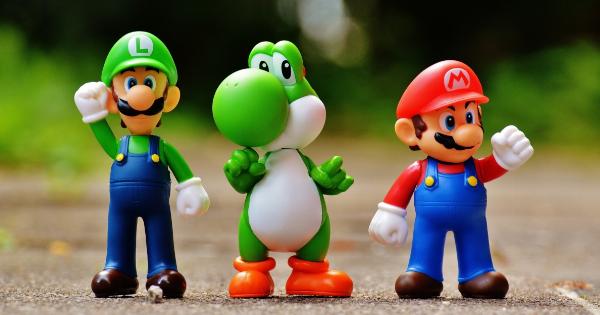Childhood is a critical time in human development that lays the foundation for future growth and success. During this period, an infant rapidly transforms into a fully functioning and capable individual.
Childhood development can be broadly categorized into different stages. Each stage is marked by specific physical, cognitive, and socioemotional changes. Understanding these stages is crucial for parents and caregivers to ensure that children receive the appropriate care, support, and guidance that they need to thrive.
This article explores the key stages of childhood development and the milestones that children typically achieve at each stage.
Stage One: The Infancy Stage
The infancy stage begins at birth and encompasses the first two years of a child’s life. This period is marked by rapid physical growth and cognitive development.
Infants go through several physical milestones during this stage, such as holding their heads up, sitting up, crawling, and walking. They also develop their sensory capacities during this period, which includes hearing, vision, and touch. Infants become more responsive to sounds, recognize familiar faces, and respond to their environment.
Socially, infants begin to develop emotional bonds with their caregivers. They also start to show signs of personality, such as being outgoing or shy.
Stage Two: The Early Childhood Stage
The early childhood stage spans from the age of three to six years. During this stage, children continue to grow and develop rapidly. They become more physically coordinated and can engage in activities like running, jumping, and playing sports.
They also learn to speak and understand language better, develop basic math and reading skills, and acquire more advanced problem-solving abilities. Socially, children become more independent and can form friendships with others. They also learn how to express themselves more effectively and manage their emotions better.
Stage Three: The Middle Childhood Stage
The middle childhood stage begins at the age of six and ends at the age of twelve. This period is marked by significant physical, cognitive, and social changes. Physically, children become stronger, faster, and more agile.
They can engage in more complex activities and sports and become better at fine motor skills like writing and drawing. Their cognitive abilities also improve significantly during this period. They develop better critical thinking skills, vocabulary, memory, and attention span.
Socially, children become more aware of social norms and rules and learn how to navigate social interactions more effectively. They also develop a sense of morality and understand the consequences of their actions.
Stage Four: The Adolescence Stage
The adolescence stage begins at the age of twelve and lasts until the early twenties. This period is characterized by significant physical, cognitive, and socio-emotional changes as children transition into adulthood.
Physically, adolescents go through puberty and experience rapid changes in height, weight, and body composition. They also become more sexually mature and develop secondary sex characteristics. Cognitively, adolescents become more abstract and capable of thinking about hypothetical situations and concepts.
They also develop their creativity, independence, and decision-making skills. Socially, adolescents become more independent from their families and form stronger peer relationships. They also establish their identity and become more aware of the role they play in society.
Conclusion
Childhood development is a vital process that is essential for the growth and success of a child. It is a complex and intricate phenomenon that encompasses multiple stages of development.
Each stage is marked by significant physical, cognitive, and socio-emotional changes that shape the future of an individual. Understanding these stages is crucial for parents, caregivers, and educators to provide children with the appropriate care, support, and guidance that they need to thrive.





























